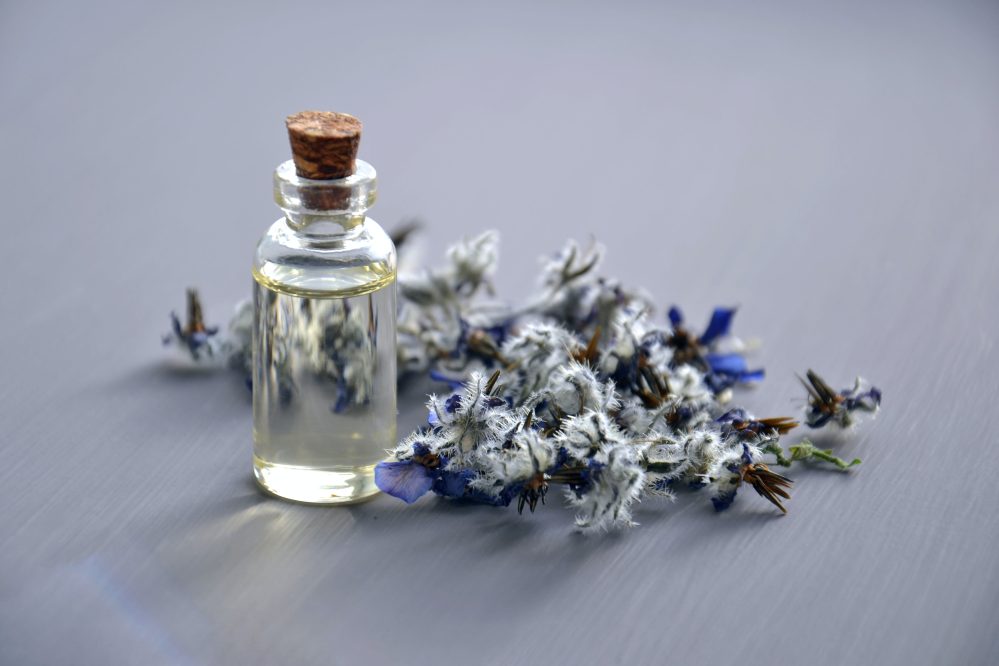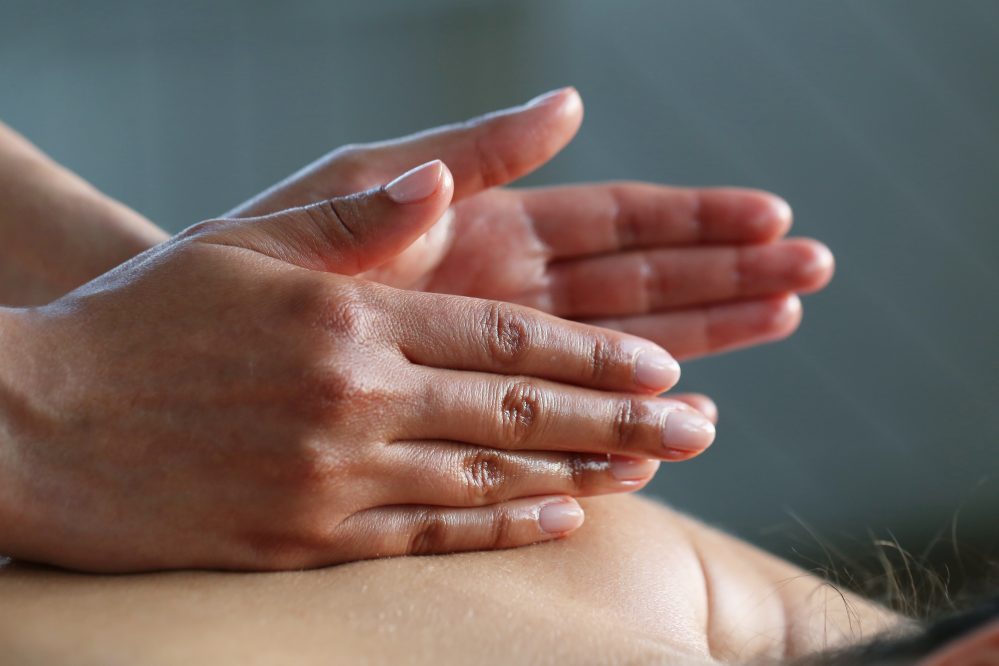In today’s ever-dynamic lifestyles, the need for massages is more prominent than ever. For a prolonged period, massage therapists have utilized numerous styles, tools, and techniques to assist their clients in treating their unique needs and escaping everyday stress.
An impactful style in the realm of massages is undoubtedly Swedish massage. Characterized by its striking movements, diverse techniques, and precious benefits, Swedish massage has become a cornerstone in promoting individuals’ health.
So, stick with us if you want to feed your curiosity about what a Swedish massage is, what sets it apart from others, how it works, and how you can benefit from it. In this article, there is a lot to discover.
What Is a Swedish Massage?
Swedish massage is a typical massaging technique that involves strokes, kneading, and rubbing of body tissues to release tension and promote relaxation. Following its immense popularity in Western medicine, it is also recognized as a classic massage therapy.
This massaging technique is carried out by qualified massage therapists who are professionally trained to assist people in reducing stress and muscle tension caused by daily activities or sports exercises. To release tight muscles or tissues, the therapist will incorporate broad movements along the body, work their way narrowly toward specific areas, and then the movements become broad again.
Besides muscle relaxation, there are other benefits associated with Swedish massage therapy. Those include pain relief, improved blood circulation, stress reduction, and enhanced well-being.
What Are the Fundamental Techniques of a Swedish Massage?
Therapists apply five fundamental massaging techniques to achieve a maximized effect through Swedish massage. They use their hands, arms, and elbows to help you relax, starting with effleurage as the warming-up stage and slowly integrating additional strokes.
Effleurage
Effleurage is mainly regarded as the initial stage of a Swedish massage session, as it helps the therapist become familiar with the individual’s body. The therapist gently applies slow and light strokes alongside body areas to warm the muscles and prepare them for the next stage. This way, they can locate pressure joints and knots in the body tissue. This technique also allows for the application of massage oils.
Key takeaways:
– Effleurage is the initial step of a Swedish massage
– It involves gentle strokes
– It helps to familiarize the therapist with the individual’s issues
Petrissage
With petrissage, the therapist relies on kneading movements to continue the session. Following effleurage, this massage stroke targets deeper layers of tissue and fascia. Besides kneading, petrissage also involves lifting, squeezing, and rolling the tissues to manipulate them. The therapist uses their palms and forearms. This technique stands out for its efficiency in reducing stress due to its relaxing nature.
Key takeaways:
– Petrissage primarily includes kneading the muscles
– It targets the deeper layer of body tissues
– It significantly impacts stress reduction
Friction
Another technique frequently employed in Swedish massage is friction. It involves circular movements for the application of firm pressure with the therapist’s fingers, thumbs, or palms of their hands. As such, frictions serve several purposes, including deeper tissue work, breaking down adhesions, and increasing blood flow, which progressively impact the relief from pain and tension. Although it is more intense than effleurage and petrissage, friction should not cause discomfort to the client.
Key takeaways:
– Friction includes circular movements to apply pressure
– It helps with blood circulation, breaks down adhesions, and alleviates pain
– Although intense, it shouldn’t be painful
Tapotement
Tapotement involves rhythmic and percussive movements using the therapist’s fingertips, cupped hands, or the side of the hand. Its primary purpose is to invigorate and awaken the body by using swift movements that create a tapping or pounding sensation. Tapping increases blood circulation in the muscles, allowing them to oxygenate and enhance efficacy. Tapotement comes in a variety of categories that include cupping (using cupped hands), hacking (using the side of the hand), “pincement” (French for “pinching”), and beating (using fists).
Key takeaways:
– Tapotement employs rhythmic motions using various hand positions
– It helps rejuvenate the body and promote energy
– It is divided into four sub-techniques
Vibration
Vibration is primarily a relaxation technique. It incorporates rapid trembling or shaking motions using hands or fingertips. Because prolonged vibration may cause discomfort to the client, it is presumed that vibration should be applied for brief periods, typically no longer than a few minutes. Despite its relaxing nature, vibration can also stimulate nerves and muscles, increase blood circulation, and help alleviate muscle cramps, knots, and spasms.
Key takeaways:
– Vibration helps the individual relax
– It involves shaking or trembling strokes
– It is not supposed to last long
The Benefits of a Swedish Massage
Swedish massage is a prominent and widely practiced massaging technique that offers a range of benefits. Here are some of them:
Pain Relief
Most of the techniques employed in Swedish massage concentrate on alleviating pain associated with muscle tightness, soreness, and others. Pain relief is achieved through a combination of gentle strokes, kneading, and friction, which help relax the muscles and reduce discomfort, thus facilitating recovery.
Improved Circulation
Improved circulation during Swedish massage therapy is typically a result of long, gliding strokes of effleurage. Tapotement contributes to this as well. Improving blood flow in the individual’s body helps promote oxygen and nutrients to the muscles and tissues. Enhanced circulation helps with the body’s natural healing processes.
Muscle Relaxation
Swedish massage has an immense impact on muscle relaxation. Through the kneading movements of petrissage and cross-fiber friction movements, the therapist releases muscle knots and mitigates muscle tension. An increased relief in muscle tension thus alleviates discomfort and promotes relaxation and flexibility.
Stress Reduction
The good thing about Swedish massage therapy is that it doesn’t merely target one’s physical comfort. On the contrary, people often find Swedish massage therapeutic. Massaging helps reduce stress and lets tranquility reign. This effect is caused by the gentle, rhythmic strokes that lower stress hormones and promote a sense of calm.
Improved Well-Being
Generally, clients leave massaging sessions with an improved sense of well-being. Swedish massage therapy helps clients relax their body and mind, enhancing their mental clarity and vigilance. These benefits can impact one’s overall health and happiness in the long term.
Comparing Swedish Massage to Other Massage Styles
Swedish Massage vs. Deep Tissue Massage
Swedish and deep tissue massage are both independent massaging styles that incorporate their individual techniques and goals. Here is what divides the two:
Techniques
- Swedish massage: It uses a mix of long, gliding strokes, kneading, tapping, friction, and gentle shaking of the body tissues.
- Deep tissue massage: It employs a variety of techniques like deep kneading, friction, and myofascial release.
Pressure
- Swedish massage: It typically applies light to moderate pressure to promote relaxation and overall well-being.
- Deep tissue massage: It applies deep and sustained pressure in an attempt to reduce chronic muscle tension, adhesions, and joints.
Goals
- Swedish massage: Its main goal is to reduce stress, alleviate muscle tightness and soreness, and improve circulation.
- Deep tissue massage: It is aimed to address various musculoskeletal issues, reduce chronic pain, and enhance flexibility.
Swedish Massage vs. Aromatherapy Massage

Aromatherapy massage differs from Swedish massage in a variety of subtle ways. It is important to note that while the Swedish technique primarily focuses on treating the physical and partly on the psychological, aromatherapy is the opposite. Aromatherapy massage aims to address specific emotional concerns intended to relax, detoxify, or invigorate the individual. It does so by using essential oils – such as lavender, bergamot, and grapefruit – to enhance the massaging experience to a therapeutic one.
As a holistic approach, aromatherapy massage is used for:
– Addressing anxiety, insomnia, or stress-related conditions
– Promoting relaxation, improving mood, and reducing headaches
– Enhancing skin health by hydrating and soothing it through essential oils
– Relaxing the muscles and supporting the immune system
Personalized Massage Choices
Before choosing to have a massage, you must identify the concerns and underlying reasons driving your choice. Are you seeking a massage to address a health condition, muscle tension, or treat mental stress? Sometimes, all factors can influence your decision. Many massage places offer customers the valuable option of signing up for custom or personalized massages. Individuals can choose from various techniques available, depending on their unique needs.
To help you more with this, here is what we recommend:
We suggest you try out aromatherapy massage, Swedish massage, or hot stone massage if your main priority is relaxation and stress relief.
Deep tissue massage, trigger point therapy, sports massage, or myofascial release work magic for those who seek to address pain relief and muscle tension.
Prenatal massage is catered towards expectant mothers, through which therapists address common pregnancy-related discomforts.
And finally, individuals who are driven by spiritual balance and energy should think of practicing Thai massage or Chakra balancing massage.
Conclusion
Now that you have learned what a Swedish massage is and why it’s a popular choice, you are one step away from trying it out. Swedish massage, renowned for its gentle yet effective techniques, offers many advantages that positively impact your health and well-being. If this style doesn’t align with your individual needs, you can always tailor your own massage. In any case, now is the time to explore and begin the path toward rejuvenation.
